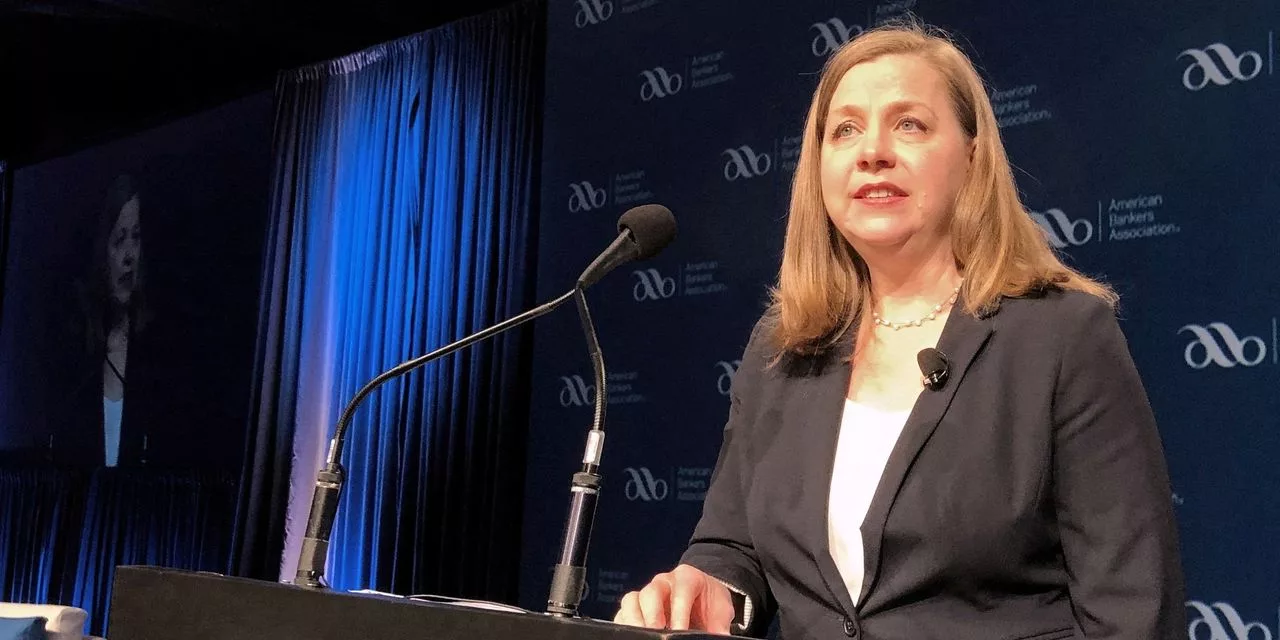Stock futures saw a slight dip after a tough trading session left the Dow Jones Industrial Average in the red for 2023. Dow futures slipped by 0.17%, a 56-point loss, while S&P 500 futures and Nasdaq 100 futures also saw declines of 0.21% and 0.22%, respectively. Wall Street’s losses were driven by robust job openings data and rising bond yields. The Dow experienced a 1.3% drop, marking its worst session since March, and the S&P 500 fell 1.4%, hitting its lowest level since June. The Nasdaq Composite closed 1.9% lower. These losses pushed the Dow’s 2023 performance into negative territory at -0.4%, while the S&P 500 and Nasdaq maintained gains of over 10% and 24% for the year, respectively.
Simultaneously, both the 10-year and 30-year Treasury yields reached their highest levels since 2007, and the average rate for a 30-year fixed mortgage neared 8%. The surge in interest rates has become the key driver of equity performance, raising concerns about the Federal Reserve’s interest rate policy. The labor market’s strength, highlighted by the August job openings survey, which exceeded expectations with 9.6 million vacancies, worried investors who hoped for data that might ease inflation concerns. This “good news is bad news” scenario has intensified concerns about the impact of higher interest rates on both the economy and markets, keeping the focus on labor market data and economic indicators throughout the week.

